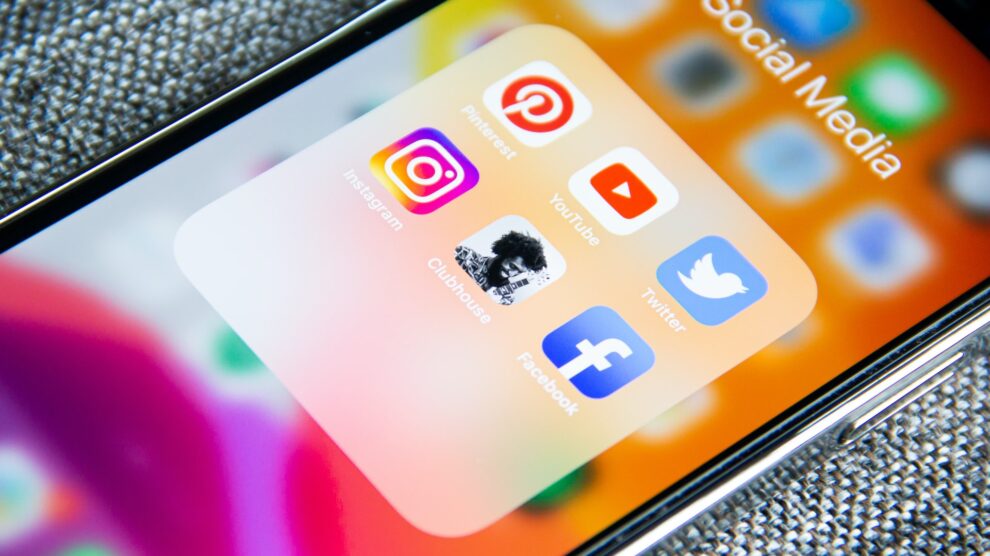If you think just having an account on social platforms will automatically bring in the results in terms of engagement and sales, you need to re-evaluate.
Just a mere presence on social media stopped working to boost sales a long time ago.
Around 80% of business executives think it’s essential to invest additional resources in social media marketing.
It shows that we’ve moved long past the ‘just post and hope’ strategy.
Now you need a solid presence in which you operate your accounts thoughtfully and measuredly.
Below are some of the top ways to leverage social media to boost your Direct To Consumer (DTC) sales and revenue.
Let’s check them out.
1. Identify the Best Platform for Your Audience
“Be where your customers are” isn’t a novel marketing strategy. Brands are practising that ever since the possibilities of personalisation.
Social media is a big word. There are so many platforms, some popular while others not so much. But popularity has very little to do with selecting your presence. Understand that all social media platforms aren’t equal. You already know your target demographic so try to find out on which social media platforms they’re most active.
For example, LinkedIn works best if you’re targeting a B2B audience while TikTok and Instagram work best if you’re targeting younger professionals in the B2C domain.
Once you know where you can find your target audience, you’ll be able to interact with them better and create content specifically for their needs and interests. And once you get the awareness right, you can expect an eventual impact on sales.
2. Work with Social Media Influencers
Influencer marketing isn’t the ‘next big thing’ in social media marketing. It already is the next big thing. The industry reached $16.4B in 2022 from just $1.7 billion in 2016. Through various influencer marketing strategies like account takeovers, paid sponsorships, giveaways, etc, you can witness a spark in your sales. This is simply because the amount of trust people place in influencers is as good as the trust they place in their friends and family.
Studies show that influencer marketing is known to deliver an ROI as high as 600% in some cases. Some of the top examples of influencer marketing are Charli D’Amelio and Dunkin Donuts, Julie Sariñana, Ela Velden with H&M, Nick Offerman with My tales of Whiskey, etc.
3. Simply Purchase Process on Social Media
Your social media sales need to be as smooth as your online store sales. A lot of brands even sell directly to consumers on social media through Instagram shops, Facebook shops, and Rich Pins and Buyable Pins on Pinterest. However, if you don’t have a direct shop on Instagram, ensure that you navigate the user to a checkout page or product page which has listed all the shipping and delivery instructions.
For example, if an international customer is visiting your page from social media, provide them with the information they can really use before making their purchase. These include the shipping charges, the number of days, the tracking number, etc. Choose an air service freight provider that first delivers top-notch shipping services and only then commits to the customers on your social media.
4. Share User-Generated Content
Customers need a sense of assurance before making a purchase from a brand they barely know. Since they’re apprehensive, you give them authentic reviews in the form of user-generated content. This strategy brings online buyers closer to the brand by building trust and credibility.
Encourage your customers to share their photos or videos with your products and go a step further by sharing that content on your profiles too. It is a genuine way to increase loyalty with your existing customers and encourage your other social media followers to try out your products.
For example, every holiday season, Starbucks launches the #RedCupContest to promote its holiday-themed seasonal beverages. But the catch? Coffee drinkers need to submit shots of coffee for the chance to win a Starbucks gift card.
5. Create Valuable Content for Users
Social media provides a great opportunity for brands to get a little personal. Considering the essence of the platforms, you also need to be ‘social.’ Develop content that is reflective of that. Publish compelling content but in a manner that is conversational and engaging enough to urge users to make a purchase.
Be it your captions or your videos, reels or posts, you need to be original, creative, and informational. Leveraging informational content gives context to your product and gives ideas to customers about how to use the same. You can also promote your blog posts, guides, and any other kind of information that has the potential to convert interest into sales.
6. Create Brand Specific Hashtags
Social media platforms like Instagram and TikTok are a game of hashtags. They bring attention to your brand and let you get discovered more easily.
But it can do more than just spread awareness. With unique and sales-oriented hashtags, you can drive engagement, increase your sales, and bring together a community that is interested in a particular product.
For example, a London-based womenswear brand named Rixo encouraged their followers to tag them and use the hashtag #humansofRixo. They also clubbed user-generated content with hashtags that extended the collaboration of the users with the brand.
7. Invest in Social Media Advertising
Apart from your organic efforts, you need to leverage paid marketing when necessary. Merely finding your target audience on social media platforms is not enough. Social media platforms have paid advertising options in terms of ads or content promotion. Utilise them to ensure high visibility among a relevant target audience.
However, before you do so, have your KPIs and tracking metrics in place. On Instagram, you can advertise through stories and sponsored posts and videos. You can do the same on Facebook and LinkedIn.
Finishing Thoughts
Building trust is at the heart of social media selling. Right from using user-generated content to even publishing informative posts, it’s all about going the extra mile to engage and entice customers. If you’re doing that while following the above-mentioned strategies, you’re on the right path to enhancing your DTC sales from social platforms and staying ahead of the curve.





